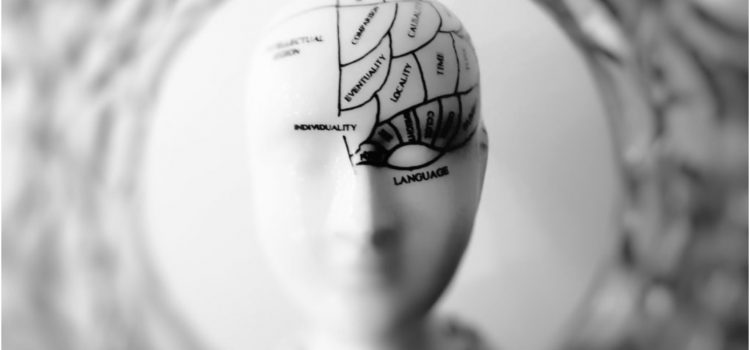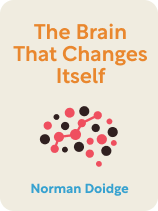

This article is an excerpt from the Shortform book guide to "The Brain That Changes Itself" by Norman Doidge. Shortform has the world's best summaries and analyses of books you should be reading.
Like this article? Sign up for a free trial here.
What is the localization of brain function theory? What is the problem with the localizationism paradigm?
As the name suggests, localization of brain function means that different functions or capabilities of the brain are “located” in certain brain regions. The idea of localization of function is attractive because it’s simple and elegant, but it’s not quite how the brain works.
Keep reading to learn about the problem with the localizationism paradigm.
Localizationism, or the Machine-Like Brain
Localizationism was first proposed in 1861 by Paul Broca after he observed a patient who had a stroke and afterward was unable to say anything except one word. Broca dissected the patient’s brain after death and found that the patient’s left frontal lobe was damaged. When dissections of other patients who had suffered speech loss also showed damage to that same area of the brain, it provided evidence for the idea that speech was controlled by the left frontal lobe specifically.
These observations were generalized, leading to a belief in the localization of brain function because certain areas seemed to control certain functions, those areas were the only ones that could ever control those functions, and that severe damage to one location meant those functions were lost forever.
| Broca’s Inaccurate Picture of the Brain Broca’s discovery laid the groundwork for future neurological research, but its scope was very limited, which led to an incomplete picture of speech in the brain. The speech issue that Broca discovered in these stroke patients is known as aphasia, and strokes are the most common cause of aphasia. Aphasia impairs speech processing, but another common speech impairment, dysarthria, results from damage to the parts of the brain that help control the muscles involved in speech. If Broca had studied speech issues in patients with neurological conditions like amyotrophic lateral sclerosis (ALS) or cerebral palsy instead of focusing on stroke patients, he might have instead concluded that the area responsible for speech is the basal ganglia, which is where dysarthria comes from. |
This belief in the machine-like brain is part of why neuroplasticity wasn’t studied deeply until the second half of the 20th century. Another reason is that scientists didn’t have the technology to study the living brain at a microscopic level. They could dissect the brain during an autopsy, but they couldn’t examine the brain’s functions in real time until the development of electrode technology.
(Shortform note: The first use of electrodes to study the brain in a human while awake was in 1874, which led to the 1929 discovery of electroencephalography by Hans Berger, a method that gave scientists the ability to detect and diagnose things like seizures and brain tumors by recording the brain’s electrical activity.)
Doidge says a final reason neuroplasticity wasn’t seen as a valid theory was that people with severe brain damage almost never fully recovered, while damage in other parts of the body could be fully healed. Since the body could completely recover from a cut on the hand, the body was viewed as plastic, but the brain was viewed as unchangeable.(Shortform note: The idea that the brain was unchangeable wasn’t the only misconception about the brain that came from observing brain-damaged patients. Scientists around this time also found that people who received severe damage to certain areas of the brain like the corpus callosum showed no symptoms of impairment, so they concluded—falsely—that large portions of the brain had no function. This may have led to the modern myth that we only use 10% of our brains.)

———End of Preview———
Like what you just read? Read the rest of the world's best book summary and analysis of Norman Doidge's "The Brain That Changes Itself" at Shortform.
Here's what you'll find in our full The Brain That Changes Itself summary:
- How brain plasticity can help those with brain damage or congenital brain disorders
- Stories of real people whose lives have improved thanks to neuroplasticity
- A look at some of the negative effects neuroplasticity can have






